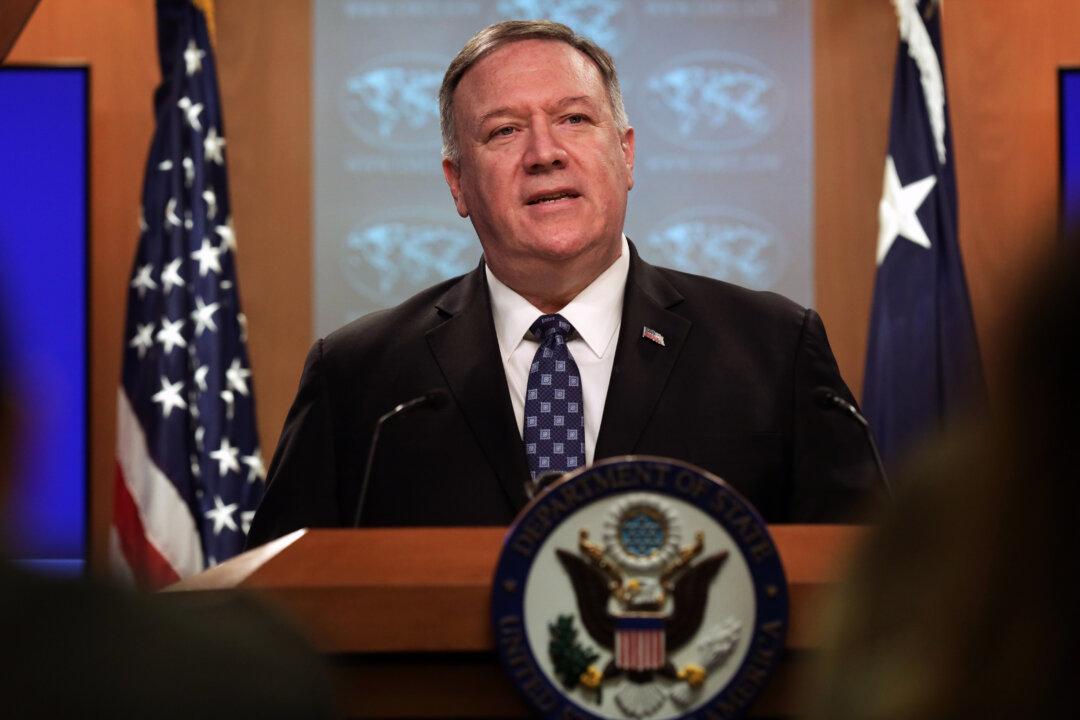The semi-truce in Afghanistan that could unlock the door to a U.S. troop withdrawal and long-term peace is still holding, according to U.S. Secretary of State Mike Pompeo.
“In 19 years of war, this is the first weeklong break in violence by all sides, if we’re successful in achieving it,” he told reporters on Feb. 25, about halfway through the historic weeklong “reduction in violence.”





